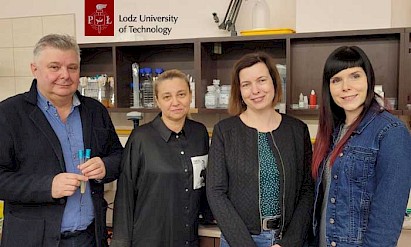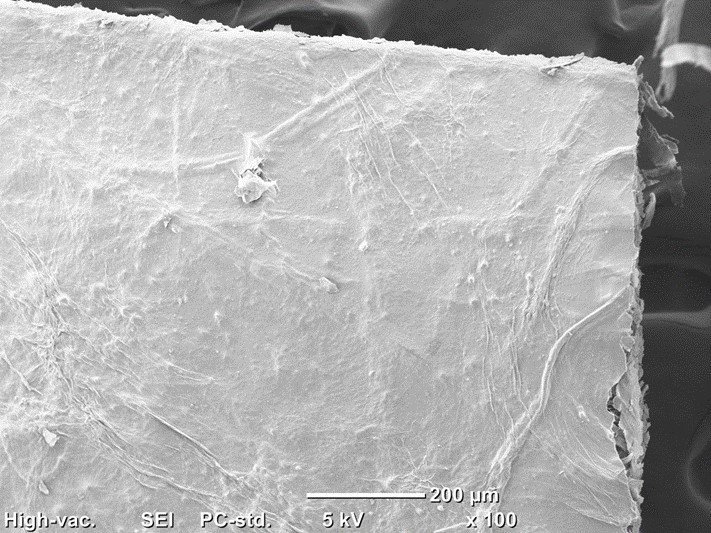Polish researchers developed method of converting end-of-life tires into paper
 Every year, millions of tons of rubber waste, including tires, reach the end of their lives and become a major environmental challenge. Disposing of end-of-life tires due to their quantity and durability is an environmental and economic problem. These tires are a toxic, hardly biodegradable material due to the cross-linked rubber structure and the presence of stabilisers and other additives. According to the Central Statistical Office (GUS) data from 2019, about 3.8 million tons of end-of-life car tires are accumulated in special landfills in Poland, and their number is still growing. Only 30% of tires are recycled in Poland, compared to 100% in Denmark and 60% in Portugal.
Every year, millions of tons of rubber waste, including tires, reach the end of their lives and become a major environmental challenge. Disposing of end-of-life tires due to their quantity and durability is an environmental and economic problem. These tires are a toxic, hardly biodegradable material due to the cross-linked rubber structure and the presence of stabilisers and other additives. According to the Central Statistical Office (GUS) data from 2019, about 3.8 million tons of end-of-life car tires are accumulated in special landfills in Poland, and their number is still growing. Only 30% of tires are recycled in Poland, compared to 100% in Denmark and 60% in Portugal.
The method for utilising rubber waste has been developed by a group of researchers from the Lodz University of Technology in Poland composed of Prof. Tomasz P. Olejnik, Prof. Katarzyna Śliżewska, Dr Eng. Marta Pietras (Faculty of Biotechnology and Food Sciences) and Dr Eng. Magdalena Kmiotek (Centre of Papermaking and Printing).
The method makes it possible to utilise the technologically inferior quality of rubber in recovery and organic recycling processes. Until now, such waste has been subjected to thermal processes and irreversibly disposed of.
The innovative method made it possible to produce barrier packaging, completely impermeable to air and completely biodegradable.
The researchers use the bacterial strain Lactiplantibacillus plantarum that eats rubber waste, turning it into biocellulose. Due to high water retention and insufficient strength, the obtained bacterial cellulose was originally unsuitable for paper production, but the scientists have now solved this problem.

Dr Tomasz Olejnik, one of the authors of the study, explained that the scientists developed a special composite: a mixture of plant and bacterial cellulose, improving the physicochemical properties of obtained paper, which becomes impermeable to air and biodegradable.
The paper produced with this technique can be used to create plastic-alternative packaging materials.
You can return to the main Market News page, or press the Back button on your browser.

